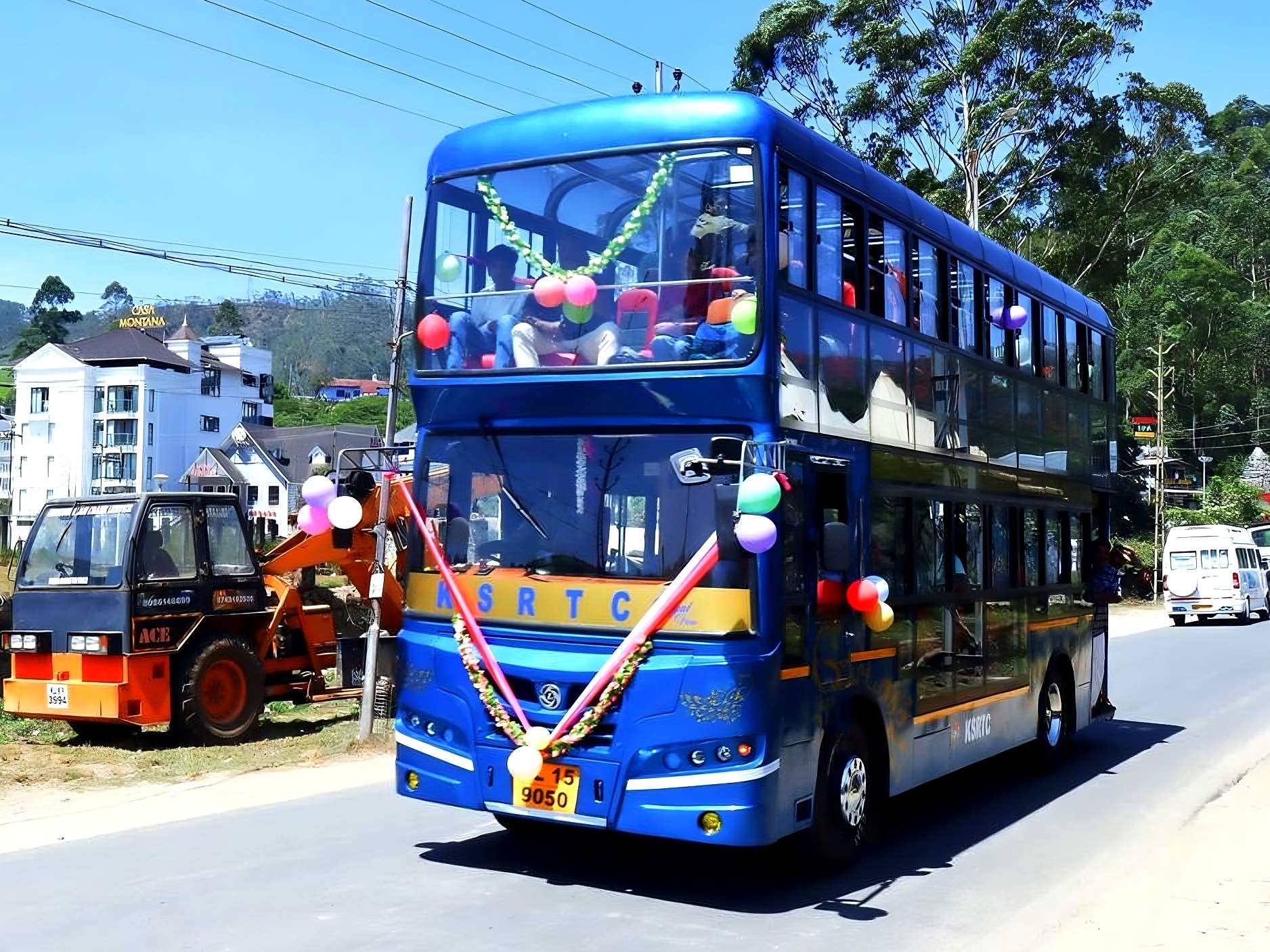Alangulam is a town and municipality in the Tenkasi district of Tamil Nadu, India. It is located at 9.94°N 77.57°E, about 29 kilometers (18 miles) east of the district headquarters of Tenkasi. Alangulam is known for its temples, waterfalls, and natural beauty.
History
Alangulam has a long history dating back to the Sangam era. The town is mentioned in several ancient Tamil texts, including the Sangam literature. Alangulam was an important trading center during the Chola Empire, and was also a major military base.
Geography
Alangulam is situated on the banks of the Manimuthar River, a tributary of the Tamirabarani River. The town is located in a hilly region with an average elevation of 127 meters (416 feet) above sea level.
Demographics
According to the 2011 Indian census, Alangulam had a population of 27,529 people. The majority of the population is Hindu, with a small minority of Muslims and Christians. The town is multilingual, with Tamil being the official language and the most widely spoken language. Telugu, Kannada, and Urdu are also spoken by significant minorities.
Economy
Alangulam’s economy is based on agriculture, tourism, and manufacturing. The town is known for its rice, sugarcane, and banana crops. Alangulam is also a popular tourist destination due to its natural beauty and its temples. The town is also home to a number of small-scale industries, including textile mills, food processing plants, and engineering firms.
Education
Alangulam has a number of schools and colleges. The town is home to the Alangulam Government Arts College, which is affiliated with the University of Madras.
Culture
Alangulam has a rich culture and heritage. The town is home to a number of temples, festivals, and traditions. The town is also known for its handicrafts, which include pottery, weaving, and wood carving.
Tourism
Alangulam is a popular tourist destination due to its natural beauty and its temples. The town is home to a number of waterfalls, including the Alangulam Falls, the Surandai Falls, and the Kottakudi Falls. Alangulam is also home to a number of temples, including the Alangulam Murugan Temple, the Alangulam Shiva Temple, and the Alangulam Amman Temple.
Transportation
Alangulam is well-connected by road and rail. The town is situated on the National Highway NH7, which connects Chennai to Kanyakumari. Alangulam also has a railway station on the Chennai-Tuticorin line.
Accommodation
Alangulam has a number of hotels and lodges to accommodate visitors.
Specific Answers to Your Questions
- Location: Alangulam is located in the Tenkasi district of Tamil Nadu, India. It is situated on the National Highway NH7, which connects Chennai to Kanyakumari. Alangulam is also about 29 kilometers (18 miles) east of the district headquarters of Tenkasi.
- Area: Alangulam has an area of about 20 square kilometers (7.7 square miles).
- Population: Alangulam had a population of 27,529 people in 2011.
- Economy: Alangulam’s economy is based on agriculture, tourism, and manufacturing. The town is known for its rice, sugarcane, and banana crops. Alangulam is also a popular tourist destination due to its natural beauty and its temples. The town is also home to a number of small-scale industries, including textile mills, food processing plants, and engineering firms.
- Education: Alangulam has a number of schools and colleges. The town is home to the Alangulam Government Arts College, which is affiliated with the University of Madras.
- Culture: Alangulam has a rich culture and heritage. The town is home to a number of temples, festivals, and traditions. The town is also known for its handicrafts, which include pottery, weaving, and wood carving.
- Tourism: Alangulam is a popular tourist destination due to its natural beauty and its temples. The town is home to a number of waterfalls, including the Alangulam Falls, the Surandai Falls, and the Kottakudi Falls. Alangulam is also home to a number of temples, including the Alangulam Murugan Temple, the Alangulam Shiva Temple, and the Alangulam Amman Temple.
- Transportation: Alangulam is well-connected by road and rail. The town is situated


